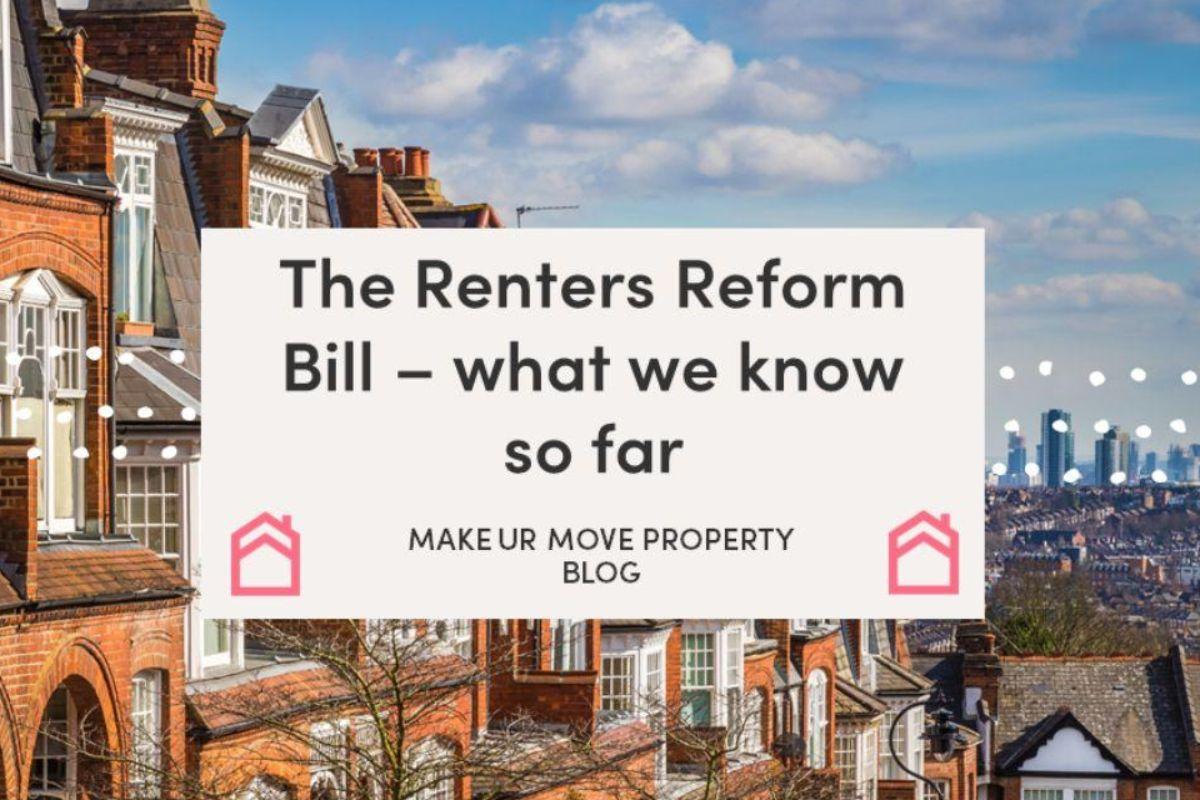
As a landlord, you need to know what to do if something goes wrong. And we’re not just talking about a burst pipe or malfunctioning washing machine.
When your tenant reneges on their agreement with you, whether that’s by refusing to pay the rent or behaving antisocially, you may need to gain repossession of your property.
Latest statistics on the number of successful landlord repossessions are skewed due to temporary legislation changes during the pandemic. However, figures from the last quarter of 2019 show over 25,000 claims were started in the court system, with over 7,500 resulting in an actual repossession.
Here’s what to do if you find yourself within those numbers and how you can minimise the chances of it happening in the first place.
How can I get possession of my property back?
Currently, as of May 2022, there are two main routes to regain possession of a property: Section 8 and Section 21. Both are outlined in the Housing Act 1988.
Section 21
Section 21, also known as a ‘no-fault’ eviction, is typically the first step taken by a landlord because you don’t have to give a reason for terminating a tenancy.
Under this legislation, you must give your tenant at least two months’ notice to vacate the property. All eviction notice periods were lengthened during the Covid-19 outbreak but returned to their pre-pandemic levels in October 2021.
You may not serve the notice during the first four months of the tenancy and it cannot expire during the fixed term, unless you have a break clause. The earliest date you can request possession is one day after the fixed term subject to the required notice.
There are a number of requirements that must be followed before you can serve this type of notice, most of this should have been done at the start of the tenancy and you should double check it as failure to do so could make your notice invalid. We’ve included a list below and also added a free online checking service.
✔ Served the How to Rent Guide
✔ Served the Gas Safety Certificate
✔ Served a copy of the Electrical Installation Condition Report
✔ Served a copy of the Energy Performance Certificate
✔ Protected the deposit with a tenancy deposit scheme
✔ Served the deposit certificate and prescribed information
You must also serve any copies of these documents when they are renewed or updated and keep a note of the date that you did so.
Section 8
A Section 8 notice can be served based on specific grounds such as rent arrears, anti-social behaviour or breaking some other terms of a tenancy agreement.
Notice periods vary from two weeks to two months, depending on those grounds. And notice can be served at any time during the tenancy, regardless of its fixed term.
The end of Section 21
Section 21 has been used by unscrupulous landlords to evict tenants for some trivial reasons, so its reputation and suitability has been challenged.
In April 2019, this campaign led to the government announcing plans to abolish Section 21 and replace it with new legislation. The report ‘A New Deal For Renting’ outlines proposals that require landlords to provide “concrete, evidenced reason already specified in law” if they want to end a tenancy.
What will replace it is still unknown – rental reforms featured in the recent Queen’s Speech - but is likely to be a change to the current methods. In the meantime, Section 21 is still a valid route to take.
What should I do if my tenant refuses to leave on the specified date?
Whether you’ve used Section 8 or 21, if your tenant hasn’t moved out by the proposed date, you’ll need to apply to the courts for a possession order. Your tenant will be able to stay in your property until a bailiff has served them a warrant for this order.
Attending an actual court hearing isn’t always necessary to regain possession of your property. There are three main routes available:
Accelerated possession procedure
This is the most commonly used route for Section 21 evictions and avoids the need to attend a hearing. Instead, you just need to send the necessary paperwork to a judge for assessment. Costing £355, this is considered to be a quick route to resolution.
An accelerated possession order is only available if you can meet these criteria:
the tenancy is an assured shorthold tenancy agreement
a valid Section 21 notice has been served and the notice period has expired
you’re not dealing with any rent arrears
you’re the original landlord
you have all copies of the written tenancy agreement
Possession Claim Online service
If you’re seeking possession solely because of rent arrears via a Section 8 notice, you can access the Possession Claim Online service.
This allows you to make, issue and view your claim digitally, making it easy to see how it’s progressing. Again costing £355, it’s an ideal alternative for a potentially straightforward outcome.
Standard possession procedure
You can’t use the online service if the Section 8 grounds extend to trespass on your property or your tenant has broken a term of their agreement other than failing to pay the rent.
Instead, you’ll need to pay £355 to apply via a standard possession order and post it to your relevant local court.
What happens at a hearing?
If the case ends up in court, the judge will have several options available:
they can dismiss the case with no order being made
they can adjourn the hearing if they believe a decision can’t be made on that day
they can make a legally binding order on what should happen
Be aware that a case can be dismissed if you’ve not followed the right procedures, if you don’t attend the hearing or if your tenant has paid any rent owed.
And if you still want to evict your tenant, you’ll have to start the whole process again.
How can I avoid going to court to regain possession?
This is all about mitigating the risk of a tenancy only ending with the intervention of the courts. It can be a complicated and stressful route for both parties which all landlords should aim to avoid.
While we all await the outcome of the consultation to see what might change, there are plenty of other proactive steps you can take.
Get and stay compliant
As the legal requirements of the new legislation won’t be announced until later this year, it makes sound business sense to adopt reliable compliance habits now.
This means more than just keeping a record in a notebook. Innovative letting agents make it easy to digitally manage all aspects of compliance, ensuring the necessary documentation is logged, shared and stored safely.
You’ll have the reassurance that if you ever have to evict a tenant, all the crucial evidence will be at your fingertips. This will not only increase the chances of a positive outcome but will also minimise stress levels and reduce the time investment.
It’s also sensible to have a rainy-day pot put aside. If you’re faced with missing rental payments, having cash to fall back on will act as a buffer while you pursue an eviction.
Aim for long-term tenancies
Long-term tenancies simply make business sense. You get regular, hopefully hassle-free income and your tenant feels at home in the property.
Getting to know your target market is crucial here. Make sure you understand what they want and how much they’re willing to pay for it.
And when you’ve found your ideal tenant on paper, take the time to do a thorough check on their suitability. A comprehensive tenant check is often the key to a trouble-free tenancy.
Once you’re attracting the right kind of tenant, one who respects your property and pays the rent, you’re minimising the chances of having to issue an eviction notice.
Focus on positive tenant relationships
A mutually beneficial landlord-tenant relationship relies on honest and clear dialogue. If you have a letting agent, work in partnership with them to keep the lines of communication friendly yet still professional.
And once you’ve got a reliable tenant, do what you can to encourage them to stay: consider their requests to allow pets or paint a wall a different colour, respond to repair and maintenance requests efficiently, and respect their privacy.
This will all maximise the chances of them renewing their tenancy and minimise the chances of having to turn to the law to get your property back.
If you do need to serve notice, the continuing delays to both bailiff action and court hearings could act in your favour. This gives you a window of time to keep communicating with your tenant to resolve the issue amicably.
Discuss rent arrears with your tenant
If your tenant has fallen behind on their rent, aim to establish the reason why and whether you can do anything to help.
Maybe they lost their job during the pandemic and have struggled ever since? Maybe they’d appreciate being put in touch with an organisation that can offer debt advice?
Working together, you may be able to find a simple solution like devising a repayment plan.
No landlord wants the stress and upheaval of pursuing a possession through the courts. Understanding the system and doing all you can to attract and retain reliable tenants will go a long way towards avoiding it.
Keep up to date with the latest legislation for landlords at the MakeUrMove blog.





